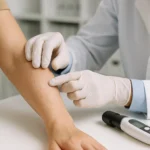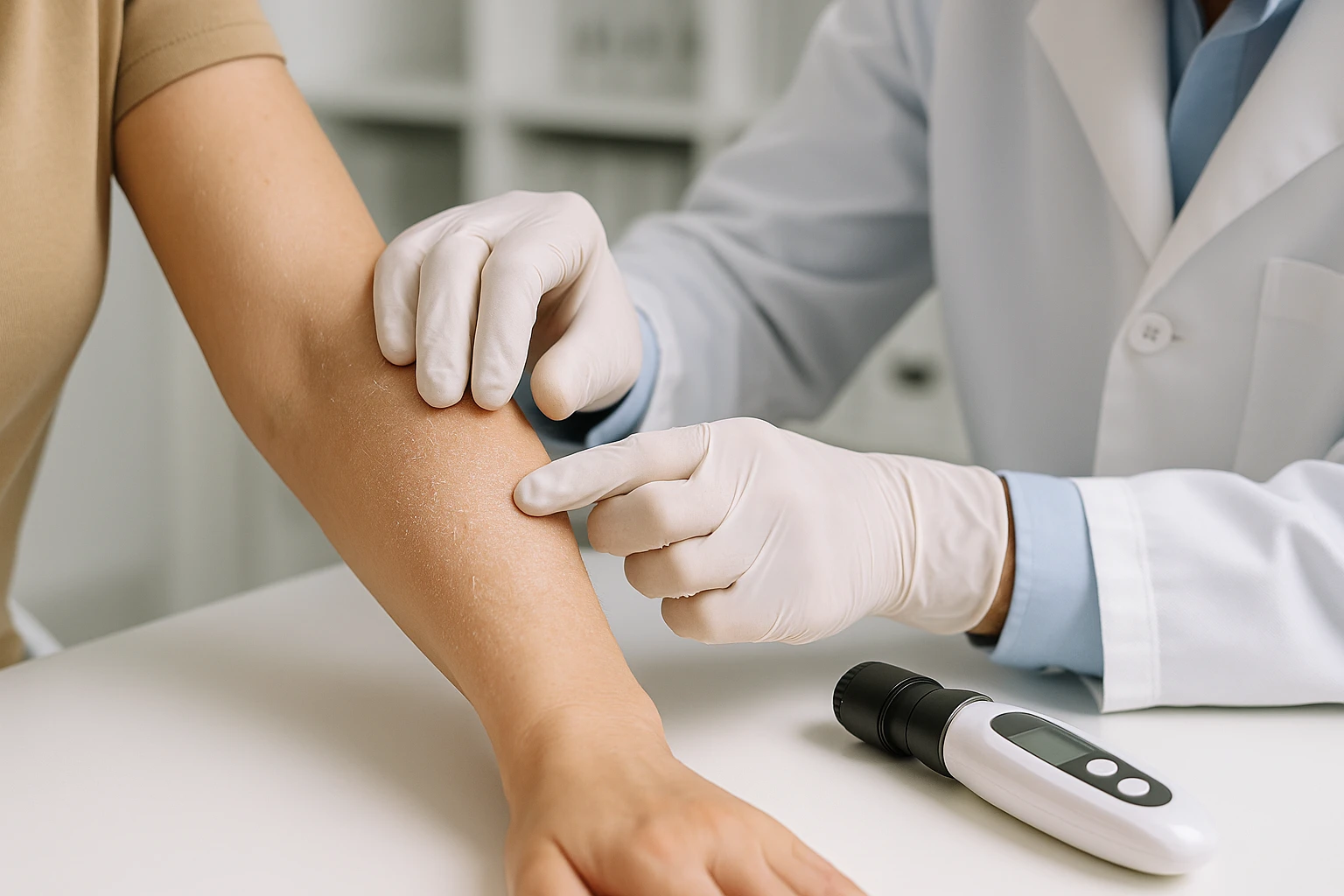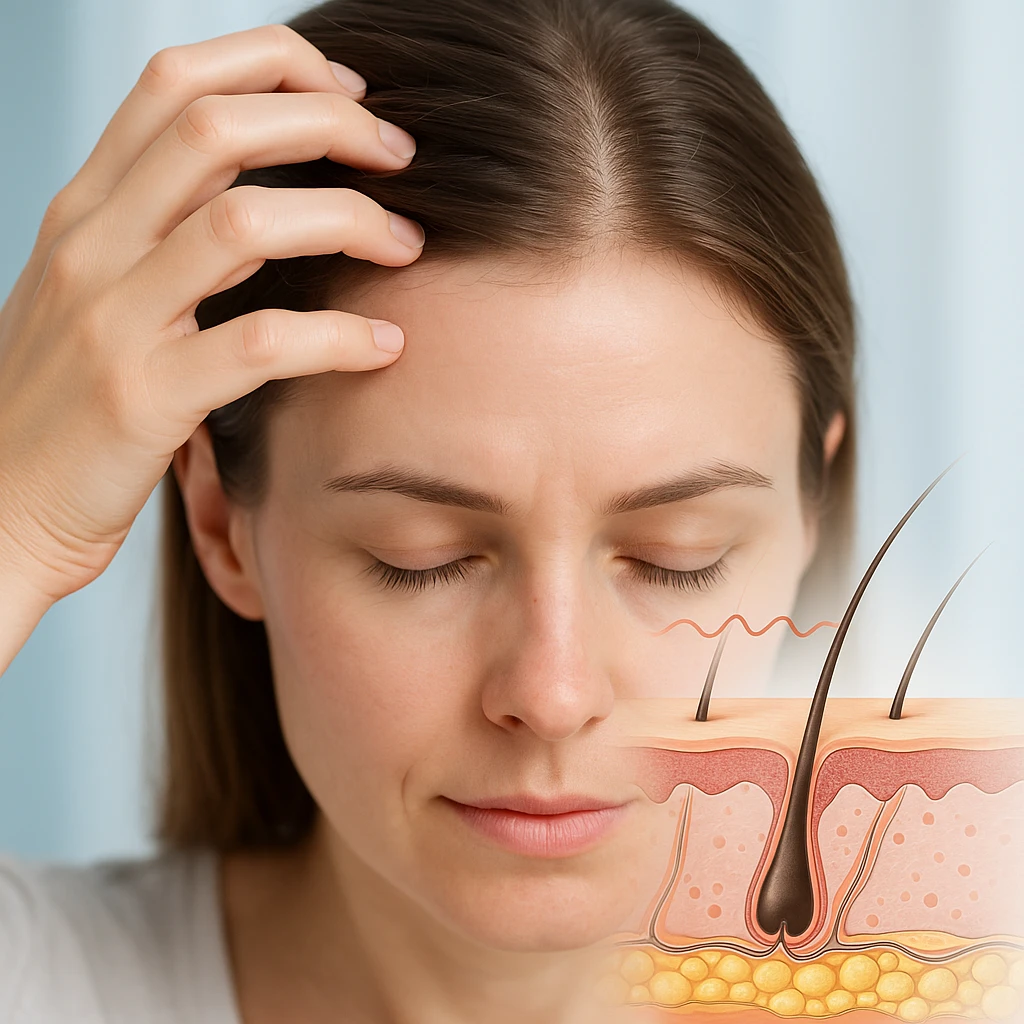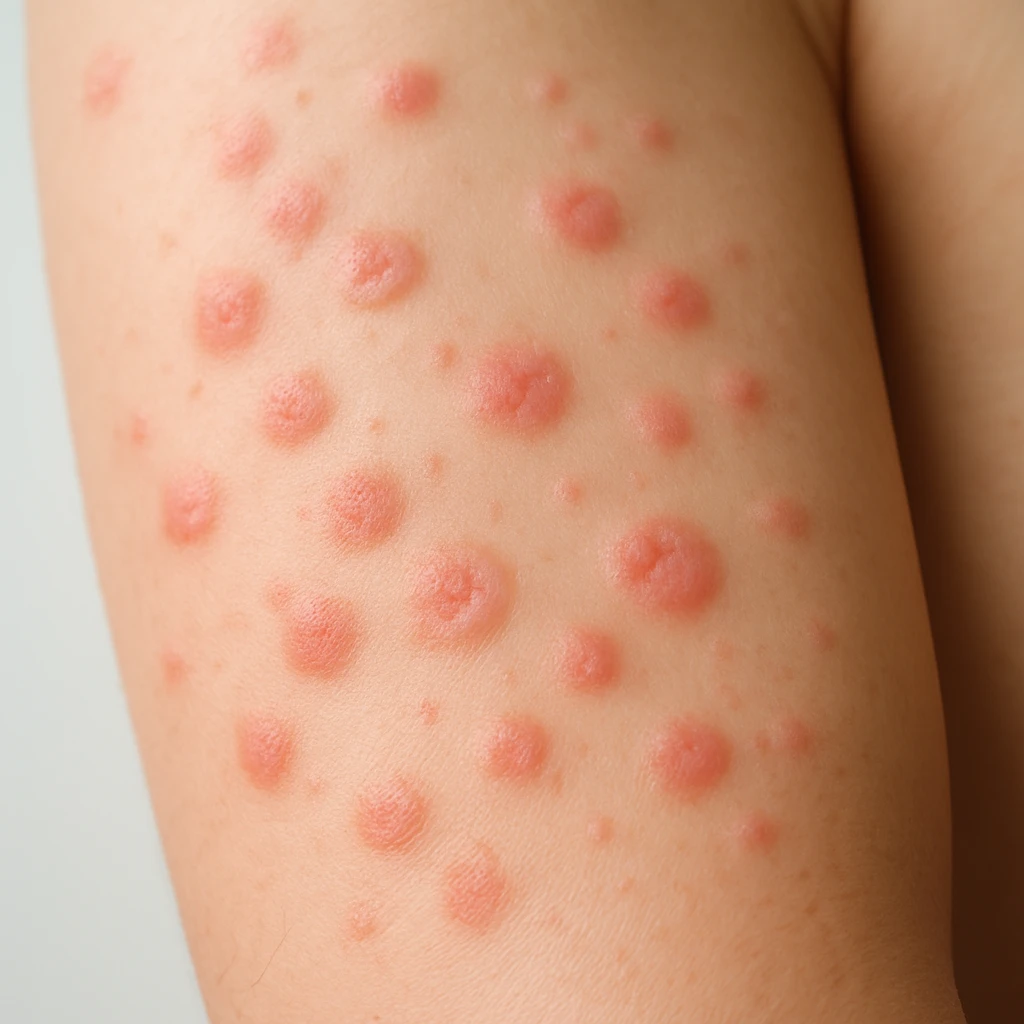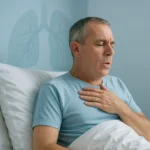
How to Stop Hair Thinning in Females: Expert Advice and Natural Solutions
- What Female Hair Thinning Really Looks Like
- Common Early Symptoms of Hair Thinning in Women
- Top Causes of Hair Thinning in Females
- Understanding the Stages of Hair Thinning Progression
- How Nutrition Affects Hair Thickness Over Time
- Stress and Cortisol’s Role in Hair Loss
- Hormonal Imbalances and Their Impact on Female Hair
- Scalp Health: The Foundation for Regrowth
- Natural Ways to Support Hair Regrowth at Home
- Best Foods to Eat for Hair Strength and Volume
- Hormonal Support Through Natural and Medical Approaches
- Age-Related Hair Thinning and How to Adapt
- Supplements That Actually Work (When Used Right)
- Styling Tips to Protect Thin Hair
- When to See a Dermatologist or Trichologist
- How I Help Clients Build a Hair Health Routine
- FAQ: Hair Thinning in Females — Expert Answers Based on My Experience
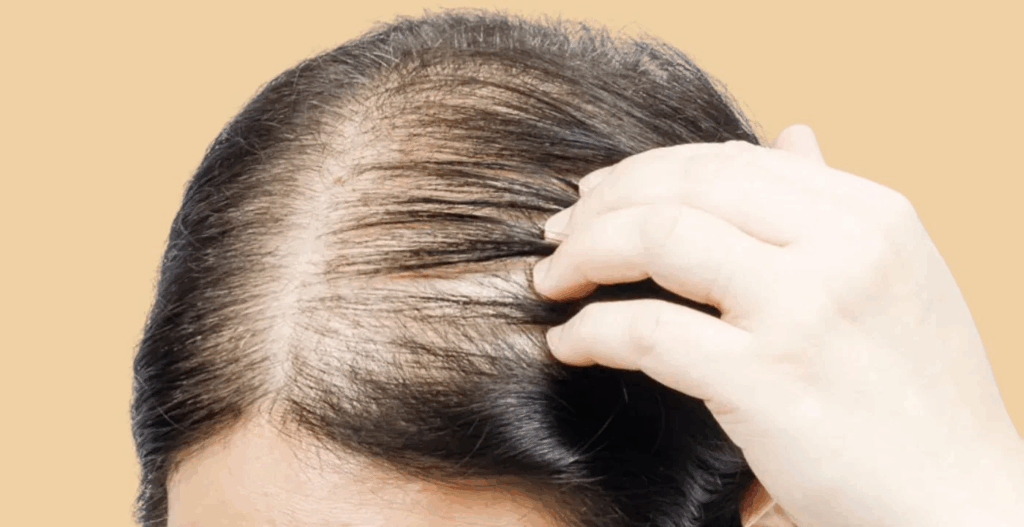
What Female Hair Thinning Really Looks Like
Hair thinning in women doesn’t always show up as dramatic bald spots. More often, it’s subtle—extra strands in your brush, a wider part, or a ponytail that feels thinner than before. I’ve worked with many women who didn’t even realize it was happening until they saw old photos for comparison. It’s not always about visible hair loss; it’s also about texture, volume, and density.
This kind of thinning—called diffuse thinning—affects the whole scalp and progresses gradually. And while it might seem harmless at first, it often appears alongside deeper health issues. For instance, some clients began to notice thinning right around the time they reported what causes dizziness when standing up, which turned out to be linked to low blood pressure or anemia. That’s why recognizing the signs early matters.
Common Early Symptoms of Hair Thinning in Women
In my practice, the earliest signs tend to show up in the drain or on the pillow. You might not see bald patches, but you’ll notice more shedding and a general lack of volume. Many women also report that their scalp feels more sensitive—itchy, tingly, or even slightly painful when brushing.
Another overlooked sign is texture change. Hair that used to be strong and bouncy might start feeling fine, limp, or dry. And in many cases, this thinning coincides with internal imbalances—especially iron. If your hair feels weaker and you also experience low energy or shortness of breath, I often recommend looking into how to increase iron levels naturally before trying topical solutions.
Top Causes of Hair Thinning in Females
From my years in both culinary and wellness coaching, I’ve seen that hair thinning in women almost always stems from a combination of factors. These typically include hormonal changes (like PCOS or menopause), chronic stress, thyroid irregularities, inflammation, and nutritional deficiencies. Iron and protein are two of the most common culprits.
Medications can also play a role—especially antidepressants, birth control pills, or treatments that affect hormone levels. One of my clients was convinced her thinning hair was genetic, but we later found out she was dealing with low ferritin and digestive issues. Addressing those with natural remedies for bloating and gas improved not only her hair but also her skin and energy levels.
Understanding the Stages of Hair Thinning Progression
Hair thinning isn’t a switch—it’s a slow process. Over time, the hair growth cycle shifts. The growing phase shortens, the shedding phase lengthens, and follicles shrink, producing finer strands that eventually stop growing altogether. In the salon, I’ve helped women identify their stage so they could act early.
Here’s a typical pattern of progression I chart for clients:
| Stage | What’s Happening Internally | What You Might Notice |
| Early Shedding | More hair enters resting/shedding phase | More hair in your brush or drain |
| Visible Thinning | Growth slows; hairs become finer | Wider part line or flat ponytail |
| Miniaturization | Follicles shrink and produce thinner hairs | Hair feels “see-through” at the crown |
| Scalp Exposure | Fewer active follicles left | Scalp more visible in bright light |
| Localized Gaps | Hair stops growing in some areas | Patchy spots or uneven regrowth |
Understanding these stages is key to choosing the right treatment—whether it’s lifestyle, nutrition, or targeted therapies.

How Nutrition Affects Hair Thickness Over Time
Hair is built from protein and supported by a long list of micronutrients, including iron, zinc, biotin, vitamin D, and omega-3 fatty acids. In my experience, women who follow strict diets or skip meals often develop subtle deficiencies long before their blood work shows anything abnormal.
Low iron in particular is a big one—when ferritin levels drop below 40 ng/mL, I start to see noticeable hair shedding in clients, even if they feel otherwise healthy. If this sounds familiar, it’s worth exploring how to increase iron levels naturally to address the issue at the root. Eating iron-rich foods like lentils, red meat, and dark leafy greens can make a significant difference within weeks, especially when paired with vitamin C.
Stress and Cortisol’s Role in Hair Loss
I’ve worked with many women who began losing hair during or after a major stress event—divorce, job loss, or even prolonged anxiety. This is because cortisol, the body’s main stress hormone, can disrupt the hair growth cycle by prematurely pushing strands into the telogen (shedding) phase.
Telogen effluvium is the clinical term, and while it’s usually temporary, it can become chronic if stress isn’t managed. When I coach women through this, we focus on realistic relaxation techniques like slow breathing, walking, or herbal support (like ashwagandha). It’s also common for stress-related hair loss to come with digestion issues or bloating, so I often recommend addressing both using natural remedies for bloating and gas, which can calm the gut and nervous system together.
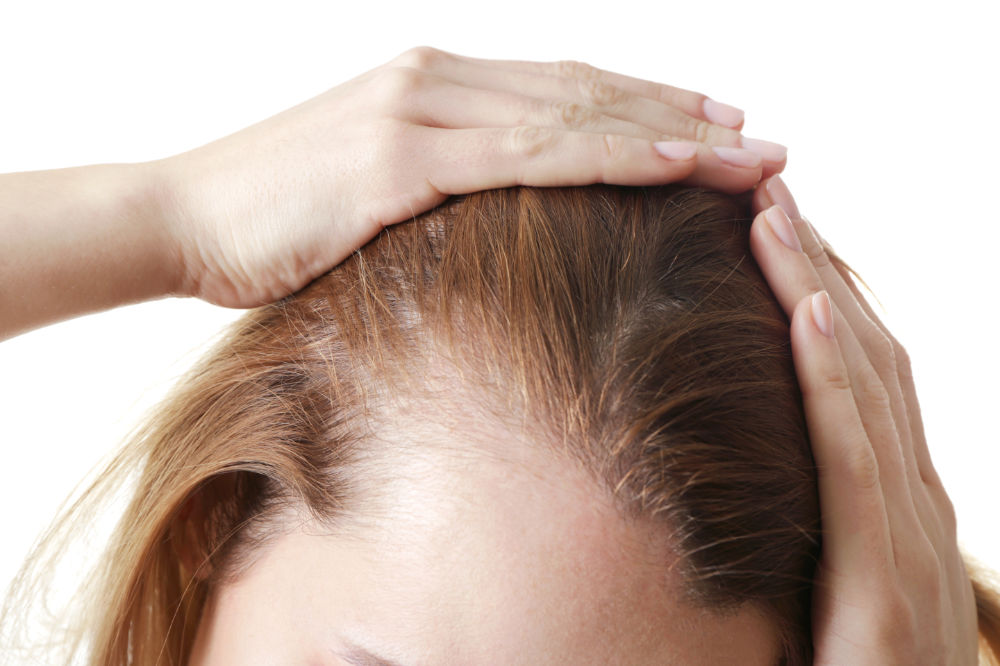
Hormonal Imbalances and Their Impact on Female Hair
Hair follicles are extremely sensitive to hormonal changes—especially estrogen, progesterone, and androgens like DHT. I often see women develop thinning hair in perimenopause or after stopping birth control pills. PCOS (Polycystic Ovary Syndrome) is another common culprit, where elevated androgens miniaturize hair follicles, leading to temple and crown thinning.
In one client case, her sudden hair thinning turned out to be linked to a thyroid imbalance, which also explained her weight gain and recurring lightheadedness. That was the moment I realized she was also experiencing symptoms described in what causes dizziness when standing up, and a full endocrine panel confirmed the connection.
Scalp Health: The Foundation for Regrowth
It may sound simple, but the scalp is the soil where your hair grows—and poor scalp health means poor hair outcomes. Inflammation, buildup from styling products, or tight hairstyles can clog follicles and suffocate regrowth. I often recommend a weekly scalp massage using warm coconut or castor oil infused with rosemary essential oil. This stimulates blood flow, which helps awaken sleepy follicles.
I’ve also had success with exfoliating scrubs and apple cider vinegar rinses to remove residue and rebalance pH. If the scalp feels itchy, flaky, or tender, that’s a sign something’s off. In my kitchen-based treatments, even something like aloe vera gel can calm irritation and restore hydration.
Natural Ways to Support Hair Regrowth at Home
In my own experience and with clients, some of the best regrowth comes not from expensive salon treatments but from consistent, simple habits at home. I often recommend scalp massages with natural oils like rosemary-infused coconut or castor oil. This improves blood circulation and delivers essential fatty acids directly to the follicles.
Heat-free drying and gentle brushing techniques also protect thinning hair from mechanical damage. At night, sleeping on a silk or satin pillowcase reduces friction. I’ve even seen women double their hair density by simply reducing stress and improving digestion. A client with chronic bloating who began using natural remedies for bloating and gas reported less inflammation and better nutrient absorption—her hair started bouncing back within months.
Best Foods to Eat for Hair Strength and Volume
Food is powerful medicine. From my chef’s lens, I always start with the plate. When women ask me what to eat for better hair, I suggest iron-rich foods like lentils, spinach, and red meat, along with eggs for biotin, pumpkin seeds for zinc, and fatty fish for omega-3s.
But it’s not just about nutrients—it’s about digestion and absorption. I’ve noticed that women who suffer from iron loss often also report fatigue or even postural lightheadedness. That’s a red flag to review what causes dizziness when standing up, as there could be hidden anemia. In these cases, I recommend pairing iron foods with vitamin C (like bell peppers or citrus) to enhance absorption. Avoid tea or coffee right after meals, as they block iron uptake.
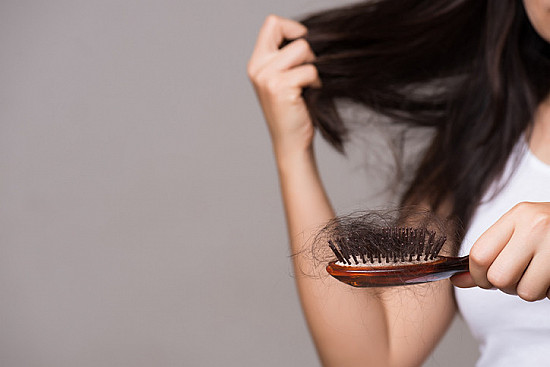
Hormonal Support Through Natural and Medical Approaches
Hormones run the show when it comes to female hair. In perimenopause and postpartum stages, I’ve watched women’s hair go from lush to fragile in months—all because of shifts in estrogen and progesterone. Some respond well to seed cycling (rotating flax and sesame seeds during the menstrual cycle), while others need medical testing for thyroid or PCOS.
I often guide clients through both paths. Natural adaptogens like maca or spearmint tea can lower androgens gently, while medical intervention might involve anti-androgens or hormone therapy. But everything starts with proper lab work. One client, after reviewing how to increase iron levels naturally, also discovered low progesterone. A targeted plan helped her regain hair density within six months.
Age-Related Hair Thinning and How to Adapt
Thinning hair is common in women over 40, especially during menopause, but that doesn’t mean it’s irreversible. As estrogen declines, the scalp produces less sebum, making hair drier and more prone to breakage. I’ve seen clients improve texture and fullness with the right balance of oil-based treatments and scalp exfoliation.
What’s key here is adapting your routine. Shampoo less often, use hydrating masks, and trim split ends regularly. Also, check for compounding issues. One 52-year-old client thought she just had “aging hair,” but after addressing her gut discomfort using natural remedies for bloating and gas and replenishing nutrients, she saw new baby hairs sprouting within eight weeks.
Supplements That Actually Work (When Used Right)
Supplements can be powerful—if you take the right ones at the right time. I’ve worked with dozens of women who overloaded on biotin or collagen without results, because they missed the real deficiency. In most cases, I begin with iron (especially if ferritin is under 50), vitamin D, zinc, and B-complex.
I usually avoid trendy hair gummies unless they’re backed by lab-confirmed needs. What matters most is consistency—nutrients take weeks, even months, to show results. One client who was chronically tired and lightheaded found relief not through biotin, but after correcting her ferritin levels and reviewing what causes dizziness when standing up in detail.
Styling Tips to Protect Thin Hair
How you treat your hair every day plays a major role. I’ve seen women ruin progress by using tight ponytails, hot tools, and teasing. My go-to styling rule? Always be gentle. Use microfiber towels to blot—not rub—wet hair. Let it air-dry when possible, and use heat protection if styling.
Lightweight volumizing mousse or dry texturizers can help give the illusion of thickness without buildup. And never brush wet hair with a fine-tooth comb—use a wide-tooth detangler or fingers. One of my clients swapped elastic ties for silk scrunchies and instantly saw fewer strands falling out. When paired with internal healing, especially around how to increase iron levels naturally, her hair made a full comeback.
When to See a Dermatologist or Trichologist
There’s a point where professional help becomes essential. If you’ve tried adjusting your diet, lifestyle, and haircare for 3–6 months with no visible progress, I strongly recommend a visit to a dermatologist or trichologist. They can check for scalp inflammation, follicular scarring, or conditions like alopecia areata.
Some clients have needed prescription-strength solutions—like topical minoxidil, oral spironolactone, or PRP injections. These aren’t always the first choice, but they can jumpstart regrowth when nothing else works. I view them as a last—but sometimes necessary—tool in the hair recovery journey. Especially in more advanced thinning, combining topical treatment with gut support like natural remedies for bloating and gas has brought results faster.
How I Help Clients Build a Hair Health Routine
Each client is unique, so I build personalized plans based on their symptoms, lab work, and daily routine. A typical weekly structure might include: scalp oiling twice a week, gentle washing, iron-rich meals, targeted supplementation, and intentional rest. But more than that, I help them track patterns.
What’s your hair like after travel? During your period? When sleep dips below six hours? These insights often lead to breakthroughs. A client once discovered that her thinning worsened every time she got bloated or skipped meals—and by adding in natural remedies for bloating and gas and evening scalp massage, her hair finally stabilized.
FAQ: Hair Thinning in Females — Expert Answers Based on My Experience
Can hair thinning be reversed completely?
From my experience, it depends on the cause. If the thinning is due to something temporary like iron deficiency, hormonal shifts, or stress, then yes — it can often be reversed significantly. I’ve seen women restore up to 90% of their hair density over time with the right support. However, in cases involving genetic or scarring hair loss, the regrowth is typically partial.
How long does it take to notice improvement?
I’ve worked with many clients who started to see visible improvements in 8 to 12 weeks. Hair grows slowly, but the first signs—less shedding, new baby hairs—can appear within a month when your routine is tailored properly. Patience is key here, but consistency makes all the difference.
Should I stop coloring or bleaching my hair?
Personally, I recommend putting chemical treatments on pause while working on recovery. Bleaching in particular weakens already fragile strands. I’ve seen better long-term results when clients focus on restoring scalp health and internal nutrients before returning to hair dye — and even then, only with proper aftercare.
Can tight hairstyles like ponytails cause thinning?
Absolutely. I’ve seen multiple cases of traction alopecia from tight buns, ponytails, or even braids worn too frequently. Over time, this constant pulling damages follicles. Switching to looser styles and using soft, snag-free ties helped several of my clients reverse the hairline thinning.
Is thinning hair genetic?
Genetics do play a role, especially if thinning appears in your family history. But from what I’ve seen, it’s not the whole story. Lifestyle, hormones, and nutrition are equally powerful. I’ve helped clients with a strong genetic predisposition improve thickness by managing stress, balancing hormones, and correcting deficiencies.
Which shampoo should I use for thinning hair?
I’ve tested dozens of products and usually suggest fragrance-free, sulfate-free shampoos with ingredients like rosemary, caffeine, or pumpkin seed extract. They help support the scalp without stripping natural oils. Avoid anything with heavy silicones or alcohol — these tend to cause buildup and dryness.
Does stress really make you lose hair?
From personal observation, stress is one of the biggest silent culprits. I’ve had clients lose handfuls of hair during emotionally intense periods like divorce, grief, or work burnout. Once we addressed stress — through rest, breathing techniques, or even therapy — their hair shedding slowed dramatically.
Can iron supplements alone regrow hair?
I’ve tried this route with some clients. For those with low ferritin, iron supplements made a huge difference. But often, hair loss is multifactorial. Iron alone isn’t always enough — zinc, vitamin D, and B12 can be equally important. A blood test is always the best starting point.
Should I wash thinning hair every day?
I usually recommend washing 2 to 3 times a week max. Daily washing, especially with harsh shampoos, can strip the scalp and lead to breakage. Let your scalp produce its natural protective oils. When necessary, I suggest using a gentle dry shampoo without talc between washes.
Which oils work best for scalp massage?
I’ve had great results with castor oil, rosemary essential oil diluted in coconut or jojoba oil, and even amla oil for some clients. These stimulate circulation and support follicle health. I encourage warm oil massage before washing, 1–2 times per week.
Does brushing hair too much make it worse?
Yes — especially wet hair. I’ve seen people lose more strands simply because they used the wrong brush. I always recommend using a wide-tooth comb or a detangling brush and starting from the ends upward. It’s about being gentle and respecting fragile strands.
Can weight loss cause hair thinning?
I’ve worked with clients who experienced hair loss after rapid weight loss or crash diets. Hair needs calories, protein, and micronutrients. If you’re cutting too much or not absorbing well, hair is often one of the first things affected. A balanced, sustainable approach to weight is best for hair health.
Is biotin worth taking?
I’ve seen mixed results. Biotin works for some, especially if they’re deficient — but most people aren’t. Over-supplementing can even cause acne. I usually prioritize testing and then only adding biotin if truly needed, alongside a broader nutrient plan.
What about hair thinning in women over 50?
Hormonal shifts during menopause are a major factor. I’ve had clients in their 50s restore thickness through a combination of hormone balancing (sometimes with herbs, sometimes with medical help), better diet, and scalp-focused care. It’s very possible to slow and even reverse the process.
Can gut health affect hair?
Absolutely. I’ve worked with several women who had persistent bloating, low iron, and hair loss — all stemming from poor digestion. After supporting their gut with natural remedies for bloating and gas and improving nutrient absorption, their hair health followed. The body is fully connected.




